Photography Spotlight: Turning UK Beach Trash into Eco-Art Statement
The collection is a powerful environmental statement that we hope inspires others to reduce, reuse and recycle more.
Collection (Blue)
In his book Strand – the Old English and German word for beach – artist Stuart Haygarth presents photographs of synthetic flotsam that he collected from England’s shoreline, and arranged in neat configurations, creating a taxonomy of trash.
Collection (Yellow)
‘He has a gift for placement and a colour sense that give the mundane a sumptuous tactile quality,’ Sudjic says. ‘He uses objects with considerable wit to reflect on life and the passing of time. He finds richness in the traces that wind and weather leave on humble materials and that can give dignity to even the most tawdry of things.’
Graphics
In an essay about Haygarth’s work, Design Museum director Deyan Sudjic speaks grandly of his project: ‘The impulse to collect is universal, and it goes to the roots of what it is to be human … We collect in search of order and meaning, and sometimes to signal our distress or to console us in our inability to deal with daily life.’
Toys
Initially using a trolley that stuck too easily in the Kent mud, Haygarth switched to carrying his treasure in a rucksack. Walking near Broadstairs, he says, ‘I stumbled across a long pink plastic penis wedged in between some rocks on the cliff face. It turned out to be a novelty straw, which made me smile and feel like an archaeologist discovering an ancient drinking implement.’
Cigarette Lighters
He would drive in a VW campervan to a spot close to shore, then walk along it collecting detritus that had washed up or been discarded, before getting a taxi back to his campervan.
Artificial Flowers
For Macfarlane, this image ‘practises a version of plastic’s own deceit, refusing to declare either origin or provenance for its flora. So lifelike do these flowers appear, indeed, that the viewer is left unsure as to whether they are plastic or real – with only the ribbon and the hairband that curl from behind two of the blooms suggesting proof of artifice.’
Balls
‘Land’s End itself was disappointing. On my arrival I was confronted with a giant car park that was empty apart from two campervans ... I felt melancholy mixed with pleasure at having achieved my goal.’
Buckets
‘It is not just previous things that are the material means of carrying a memory. It is this truth that Haygarth so engagingly and deftly explores and celebrates, and to which he offers a kind of requiem.’
Floor Vinyl
Later, in Dymchurch, he found a pair of tracksuit bottoms full of sand: ‘It felt as though I had stumbled across evidence from a morbid accident.’
Combs
Robert Macfarlane, a writer who has also tramped through and considered British landscapes, writes that Haygarth’s photos ‘make strange again the mass-produced objects that fill our lives to the degree that we scarcely perceive them … they appear as the ritual artefacts of an outlandish tribe – with Haygarth their archaeologist or ethnographer.’
Dummies
In particular, Macfarlane says, Haygarth makes us marvel anew at plastic: ‘How this sleek young substance has transformed the contemporary in ways that would seem sheerly miraculous to a pre-plastic age.’ And, he suggests, Haygarth is aware of plastic’s eternity, and is ‘animated by a sense that, now, what we discard comes back to consume us.’
Metal Jar Lids
Haygarth began his beachcombing project in February 2011 in northern Kent, and wended his way around the coast first towards Margate and the tip of the county, before heading south and along southern England until he reached Land’s End 38 days later.
Rubber Gloves
Macfarlane sums the series up: ‘Taken in sum, the objects constitute a damaged archive of everyday life, alluding to countless unreconstructable stories... you begin viewing the work with an expectation or order – and end it drowning in chaos.’
Swim Mask
As well as being photographed in different configurations, the items eventually ended up arranged in a giant installation for a Macmillan cancer centre in London.
Simming Hat
In Torquay, he noticed many German tourists. ‘The driver explained that it was because Fawlty Towers was set and filmed there: they came in search of Basil Fawlty.’
Wheels
For Sudjic, ‘We live in a world in which art is made to be collected, or at least in which the role of the collector has become an integral part of the ecology of art. Art is collected, but it is also made by collecting, as Warhol, Cornell and others have demonstrated. Haygarth’s work could be seen as offering a commentary on this interaction.’
Artist and environmentalist Stuart Haygarth walked from Kent to Land’s End, along the UK south coast, and created these thought-provoking collections from the beach trash he found along the way. The collection can be picked up in book-form at Art/Books and is a powerful environmental statement that we hope inspires others to reduce, reuse and recycle more.
adaptnetwork.com | Inspiring life's adventure
Founded by @benadapt
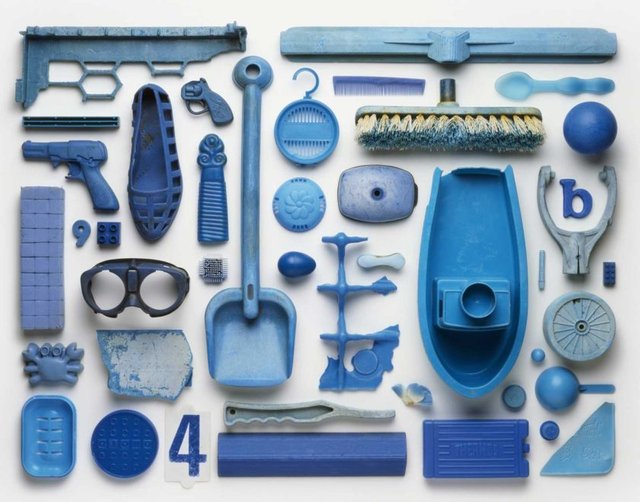
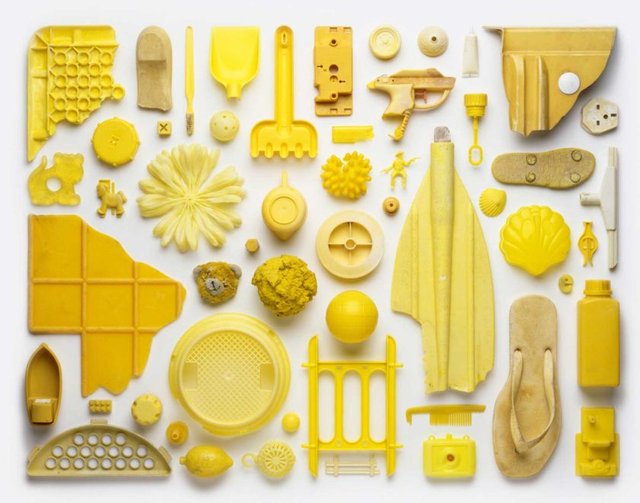
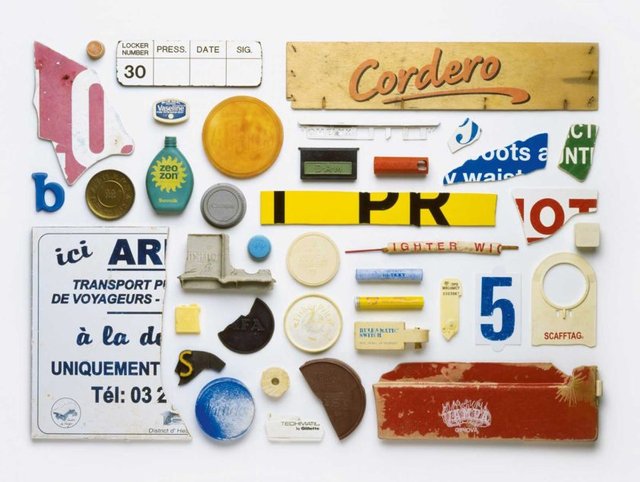
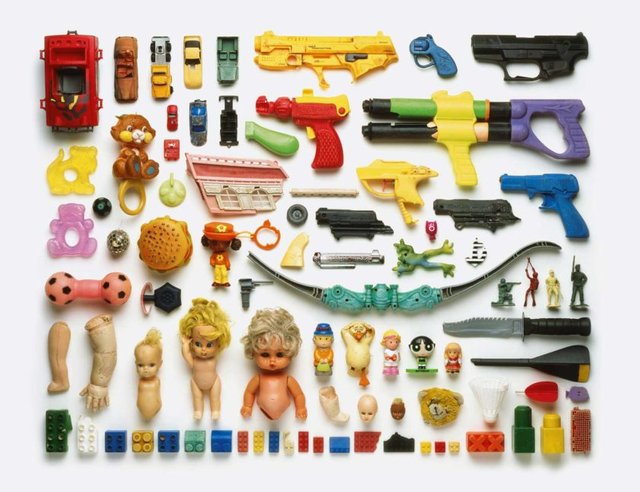
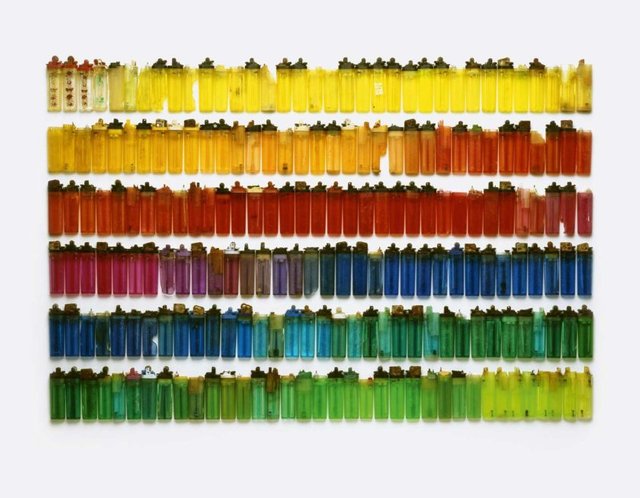
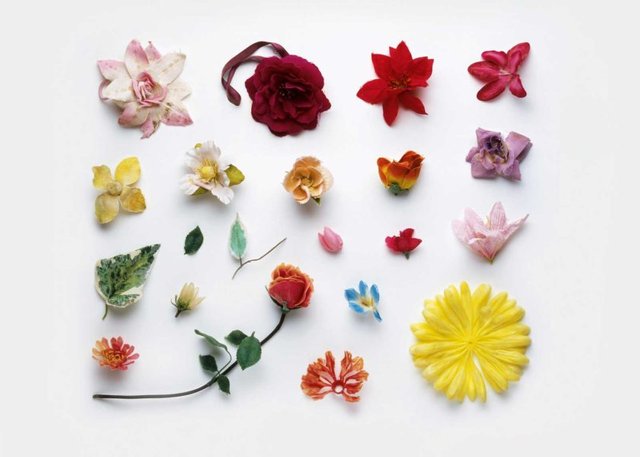
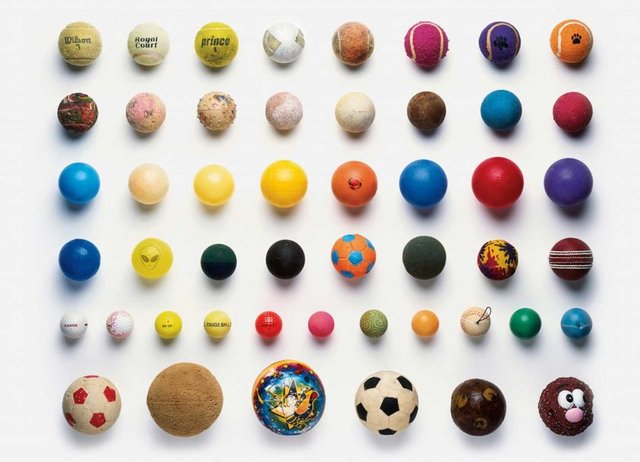
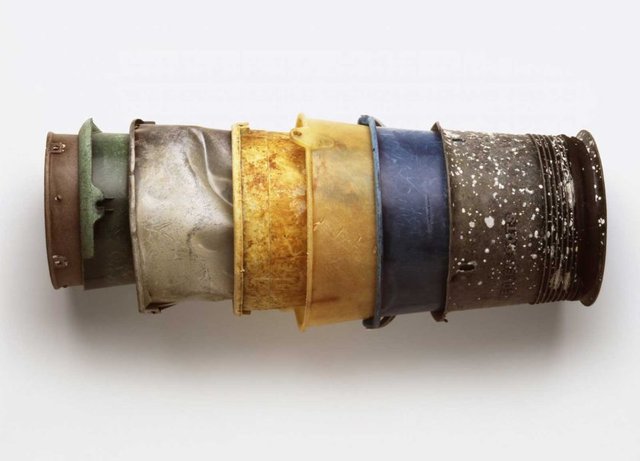
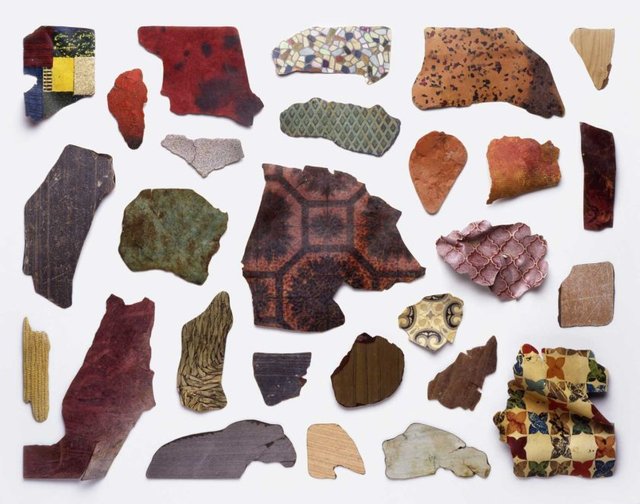
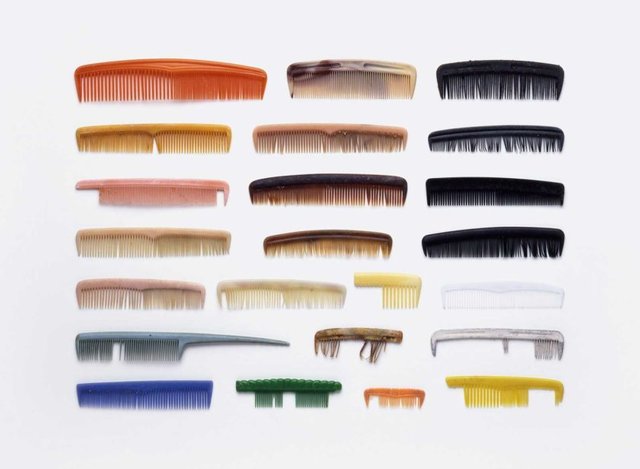
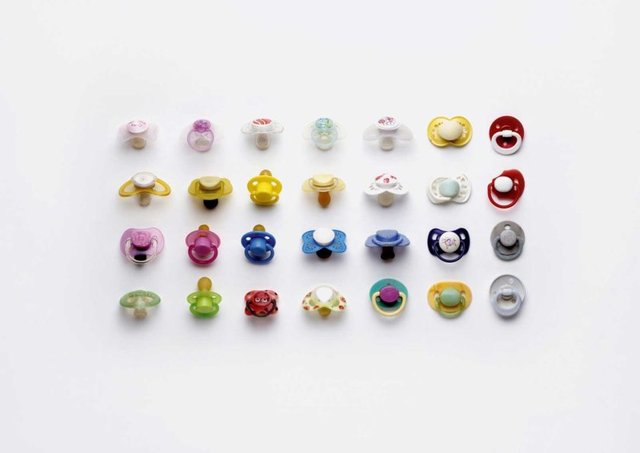
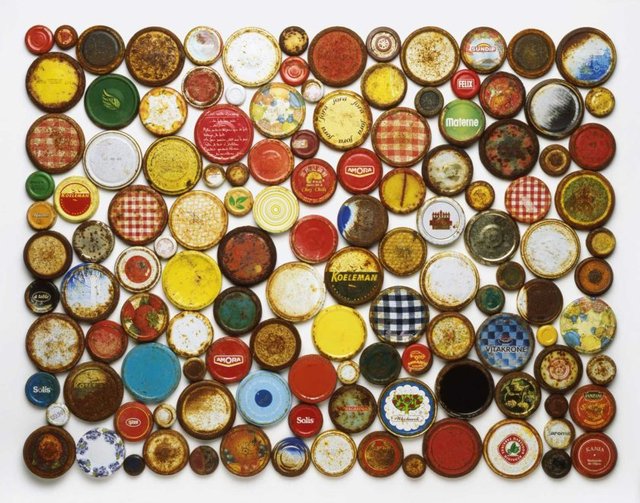
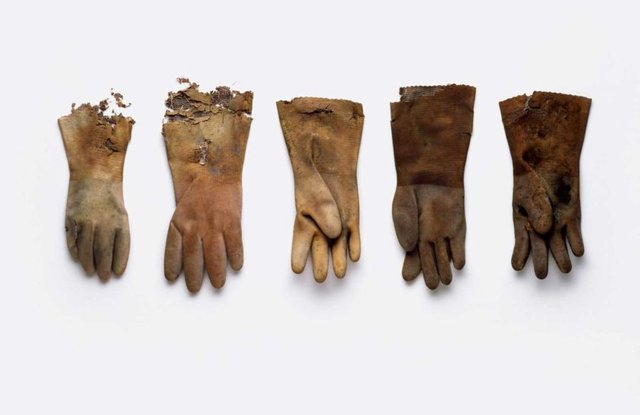
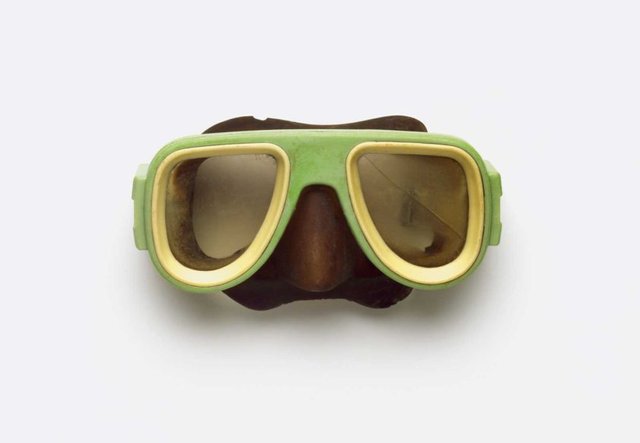
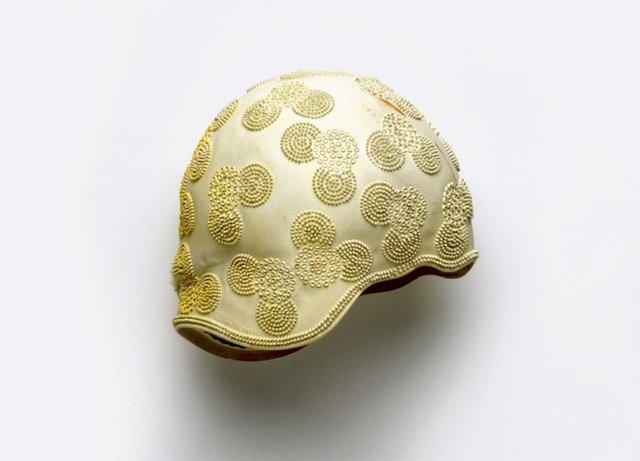
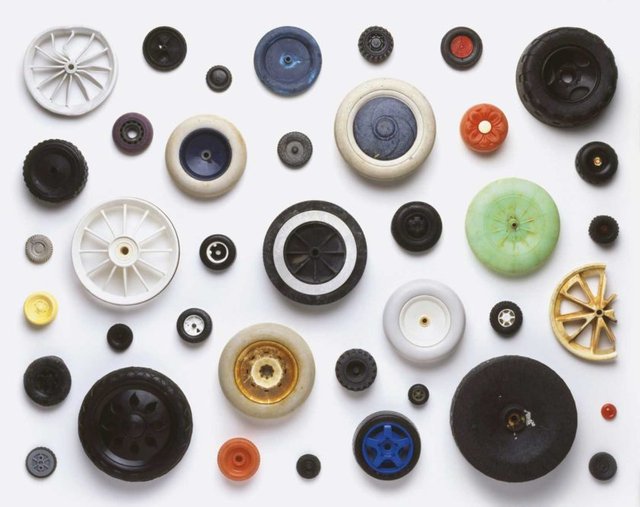
wir gehen mit unser Umwelt viel zu sorglos um.
Die Natur braucht uns Menschen nicht .
Aber wir brauchen die Natur.
good article
you read that quick ;)
yes dear. dont forgot us ;)
Great post buddy check mine
This post has received a 4.48 % upvote from @booster thanks to: @adaptnetwork.